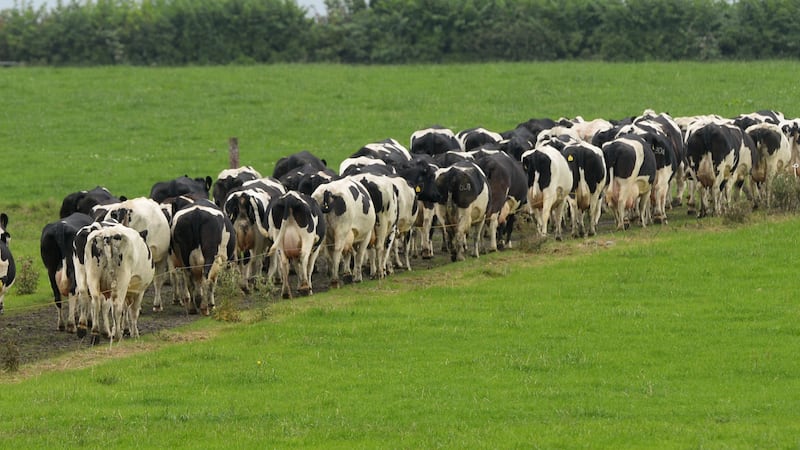Property price growth moderated slightly in October, advancing by 12.1 per cent in the year, compared with growth of 12.2 per cent in the year to September. Continued growth means that Dublin prices have now risen by 86 per cent since the crash, and are just 22 per cent off the peak.
In Dublin, prices rose by 11.6 per cent in the year to October, with house prices up by 11.6 per cent, and apartments by 12. 1 per cent. The highest house-price growth was in south Dublin, at 14.4 per cent, and while the lowest growth was in Dún Laoghaire-Rathdown, house prices still advanced by a substantial 9.7 per cent.
Outside of the capital, price growth advanced by 12.8 per cent, with houses up by 12.5 per cent in the period and apartments by 15.9 per cent. The west showed the greatest price growth, with house prices increasing 15.8 per cent, while price growth was slowest in the midlands, at 8 per cent.
The latest price increase means that from the trough in early 2013, prices nationally have increased by 70.2 per cent, with price growth in Dublin driving the recovery. In the capital, residential property prices have rocketed by more than 86 per cent since the market crashed but in the rest of the country prices have risen by just 62 per cent.
Acccording to Dermot O’Leary, economist with Goodbody Stockbrokers, the latest price growth means that prices are now 24 per cent below peak levels, having been 55 per cent below at the worst point, which means that “the vast majority of negative equity will be eradicated over the coming two years”.
First-time buyers boost
The figures also show a substantial rise in the number of market transactions, up by 10.5 per cent on the year to 3,906, and up by 6.6 per cent on September. There was also a significant increase in new home sales, up by 41 per cent on October 2016, while 1,142 first-time buyers made a purchase during the month, up by 23 per cent on the same month in 2016. Of these, 27 per cent were for new homes.
The latest increase means that the median price paid by homeowners in the year to October 2017 was € 220,000, while the median price in Dublin now stands at €342,000. Of the four regions across the city, Dún Laoghaire-Rathdown had the highest median price (€ 513,500), compared with Fingal, which had the lowest median price (€ 310,000). Glenageary has the highest median price (€623,615), while Dublin 4 has the highest average price, at €735,806. The least expensive Eircode area within Dublin by median price was Dublin 10, with a median price of € 193,000, while outside the capital, the least expensive Eircode area was Clones, with a median price of € 55,000.
Alan McQuaid, economist with Merrion Capital, expects prices will continue to rise until Government measures aimed at boosting supply start to have an impact.
Double-digit increases
“We see house price growth staying in positive territory on a year-on-year basis for the foreseeable future, with the annual rate of increase now looking like it’s set to remain in double-digits for the remainder of 2017 and well into 2018,” he said.
However David McNamara, analyst with Davy, expects house price growth to ease to about 8 per cent in 2018, as the impact of the recent changes to the Central Bank mortgage lending rules start to kick in.
“The new rules should dampen house price inflation in 2018, particularly in the capital, Dublin, where affordability is most stretched,” he said.
















